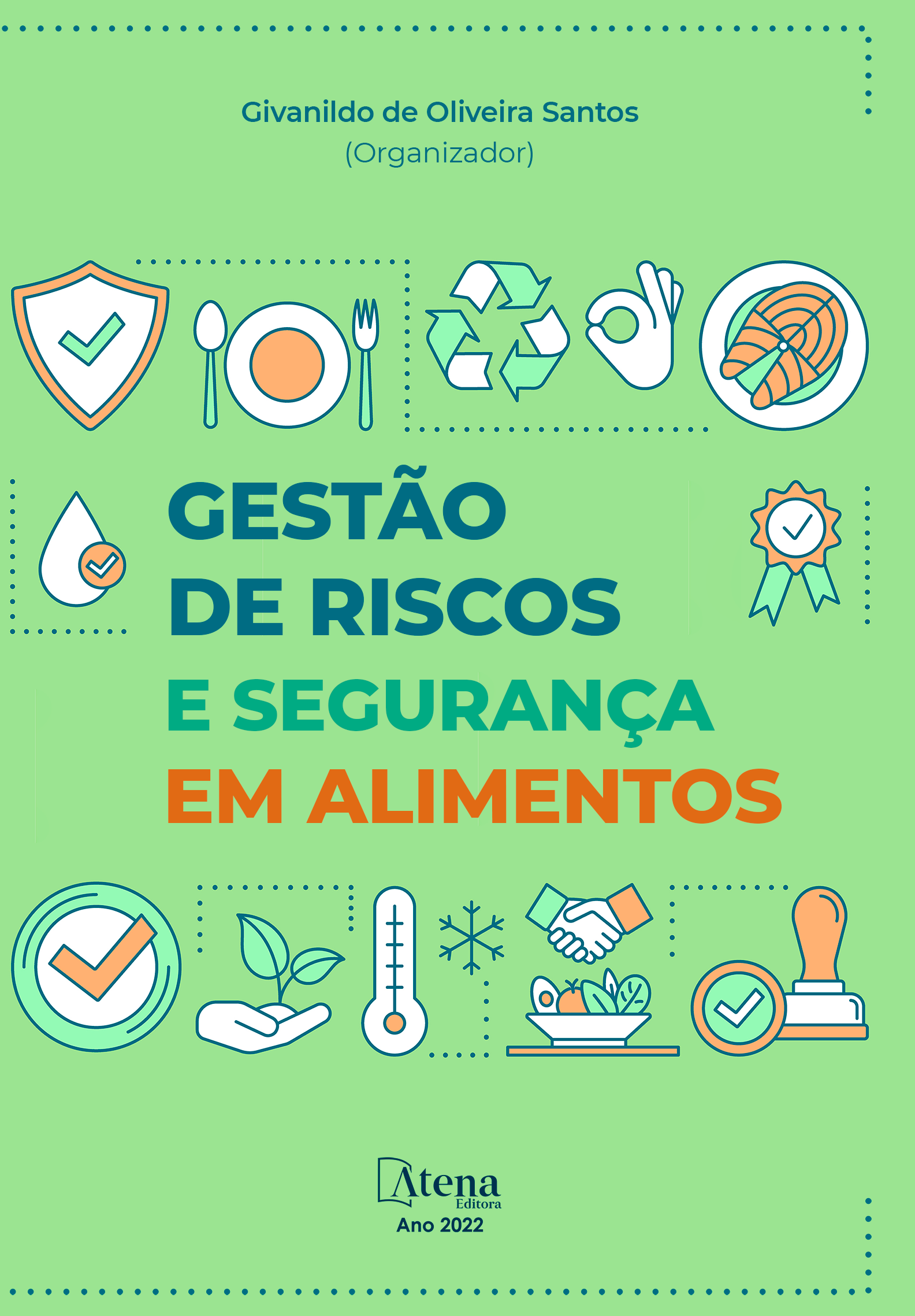
SURTOS DE ENFERMIDADES DE ORIGEM ALIMENTAR NOTIFICADOS NA REGIÃO NORDESTE, BRASIL, 2017 A 2021
Os surtos de enfermidades de origem alimentar são cada vez mais frequentes e crescem a cada ano no Brasil, mas acredita-se que o número de casos não retrata a realidade existente de um país subdesenvolvido, principalmente a região Nordeste que tem 47,9% da concentração da pobreza no Brasil. O objetivo desta pesquisa foi realizar um estudo retrospectivo da ocorrência de surtos de enfermidades de origem alimentar, na região Nordeste, Brasil, período de 2017 a 2021, onde foi realizado um estudo descritivo do tipo transversal, utilizando-se como base de dados o Sistema de Informação do Ministério da Saúde. No período estudado foram identificados 766 surtos. O estado da região Nordeste com maior número de notificações de surtos é Pernambuco com 62%. Vale salientar que nos anos de 2018 e 2019 ocorreram 390 surtos e nos anos de 2020 e 2021 o número de surtos diminui para 164 surtos, ou seja, houve uma queda de 42% do número de notificações ou ocorrências de surtos. Em relação ao agente causador, 62,53% não foram identificados, 29,43 foi oriundos de bactérias, 7,3% por vírus, 0,5% por substância química e 0,26% por protozoário. 44% dos alimentos envolvidos nos surtos não foram identificados e dentre os identificados à água esteve presente em 23,24%. O maior número de surtos notificados foi em residências, configurando 51,17%. Diante dos resultados fica evidente que a diminuição da ocorrência ou notificação dos surtos se deve provavelmente porque nos dois últimos anos ocorreu a pandemia causada pelo coronavírus responsável pela COVID – 19 no Brasil, onde as principais medidas de controle contra esse vírus eram a utilização de boas práticas de higiene e o isolamento social.
SURTOS DE ENFERMIDADES DE ORIGEM ALIMENTAR NOTIFICADOS NA REGIÃO NORDESTE, BRASIL, 2017 A 2021
-
DOI: 10.22533/at.ed.0712211083
-
Palavras-chave: Contaminação de Alimentos, Infecção, Inspeção de Alimentos
-
Keywords: foodstuff contamination, infection Food Inspection
-
Abstract:
Outbreaks of food diseases are increasingly frequent and grow every year in Brazil, but it is believed that the number of cases does not portray the existing reality of an underdeveloped country, especially the Northeast region that has 47.9% of the concentration of poverty in Brazil. The aim of this research was to conduct a retrospective study of the occurrence of outbreaks of food diseases in the Northeast region, Brazil, from 2017 to 2021, where a descriptive cross-sectional study was conducted, using the Information System of the Ministry of Health as a database. In the period studied, 766 outbreaks were identified. The state of the Northeast region with the highest number of outbreak notifications is Pernambuco with 62%. It is noteworthy that in the years 2018 and 2019 there were 390 outbreaks and in the years 2020 and 2021 the number of outbreaks decreases to 164 outbreaks, that is, there was a 42% drop in the number of reports or occurrences of outbreaks. Regarding the causative agent, 62.53% were not identified, 29.43 were derived from bacteria, 7.3% by virus, 0.5% by chemical substance and 0.26% by protozoan. 44% of the foods involved in the outbreaks were not identified and among those identified in water was present in 23.24%. The highest number of reported outbreaks was in homes, representing 51.17%. In view of the results, it is evident that the decrease in the occurrence or notification of outbreaks is probably due to the two years the pandemic caused by the coronavirus responsible for COVID – 19 in Brazil, where the main control measures against this virus were the use of good hygiene practices and social isolation.
-
Número de páginas: 10
- Klebson de Souza Malta
- Maria Júlia Diniz Sousa Costa
- Eliane Costa Souza


